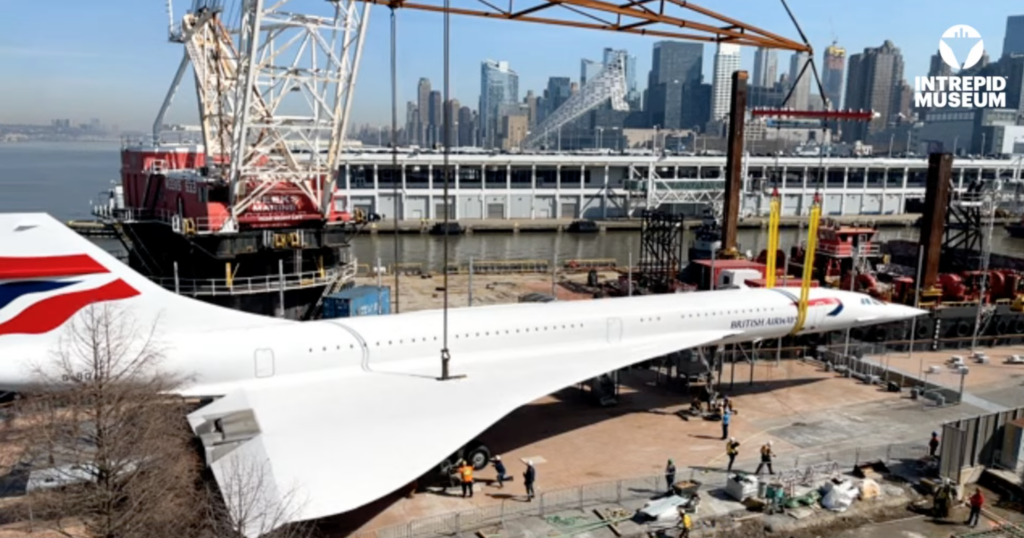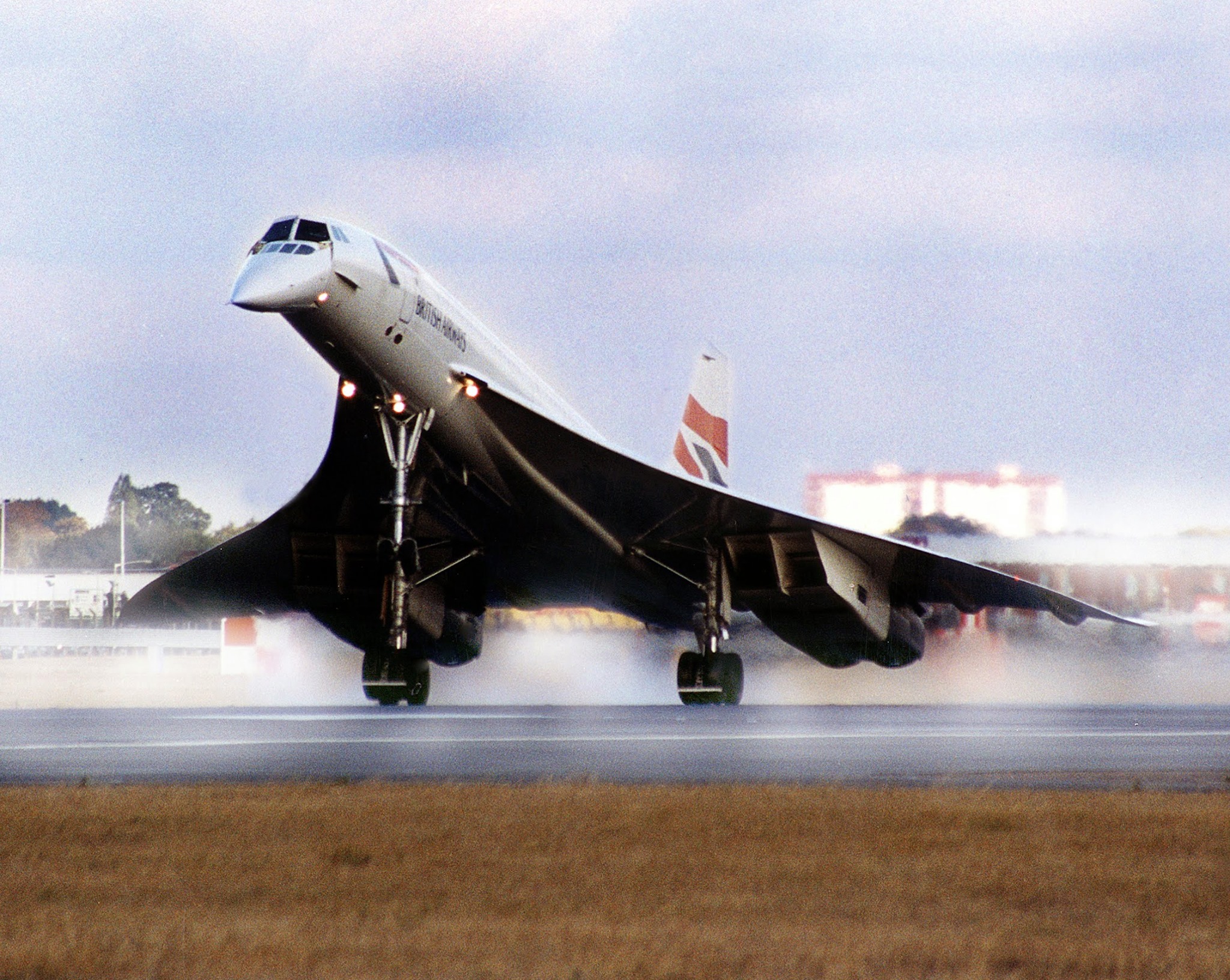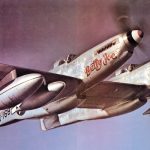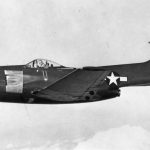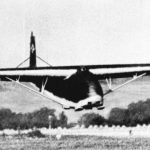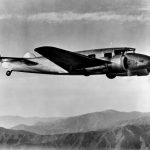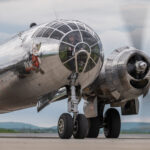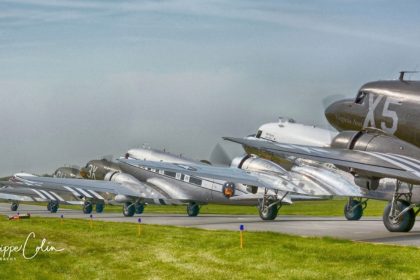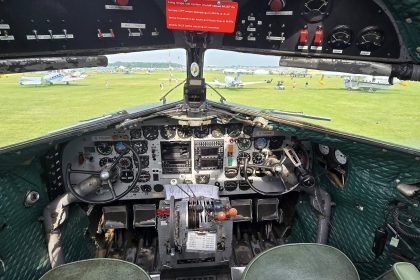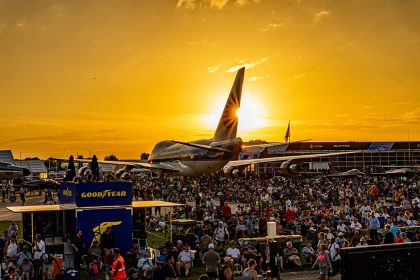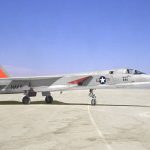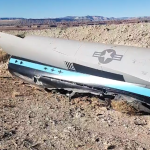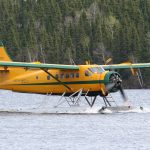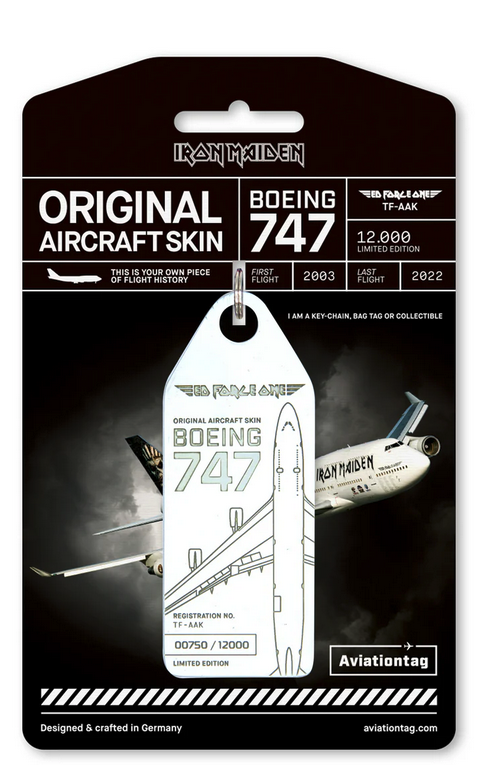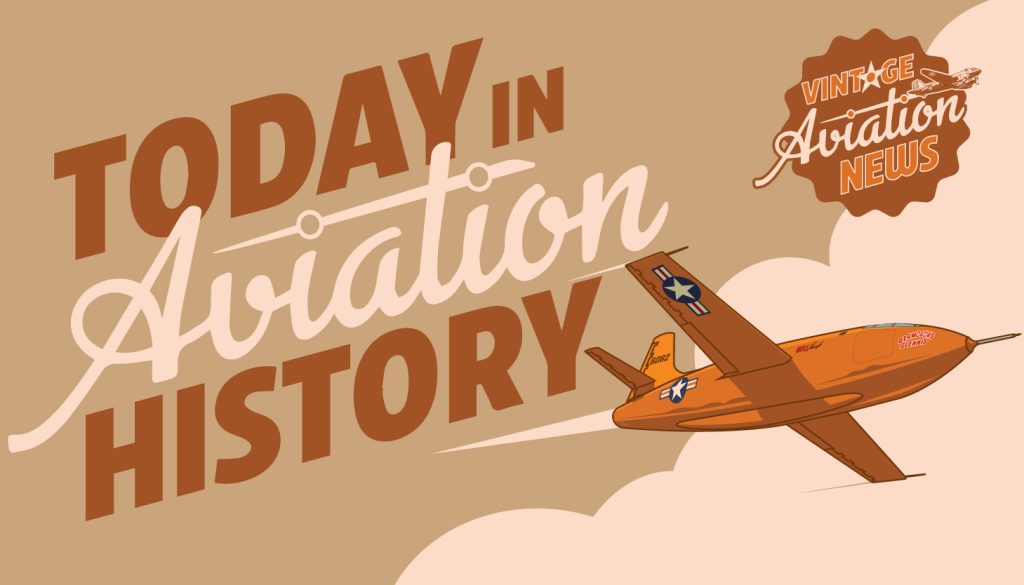
On March 2, 1969, the Concorde took to the skies for the first time, marking a new era in commercial aviation. The groundbreaking supersonic airliner was the result of a joint effort between Sud Aviation (later Aérospatiale) and the British Aircraft Corporation (BAC). Initial studies on supersonic transport began as early as 1954, but the project officially launched in November 1962. By 1965, construction had begun on six prototypes, and just four years later, the world’s first supersonic airliner achieved liftoff.
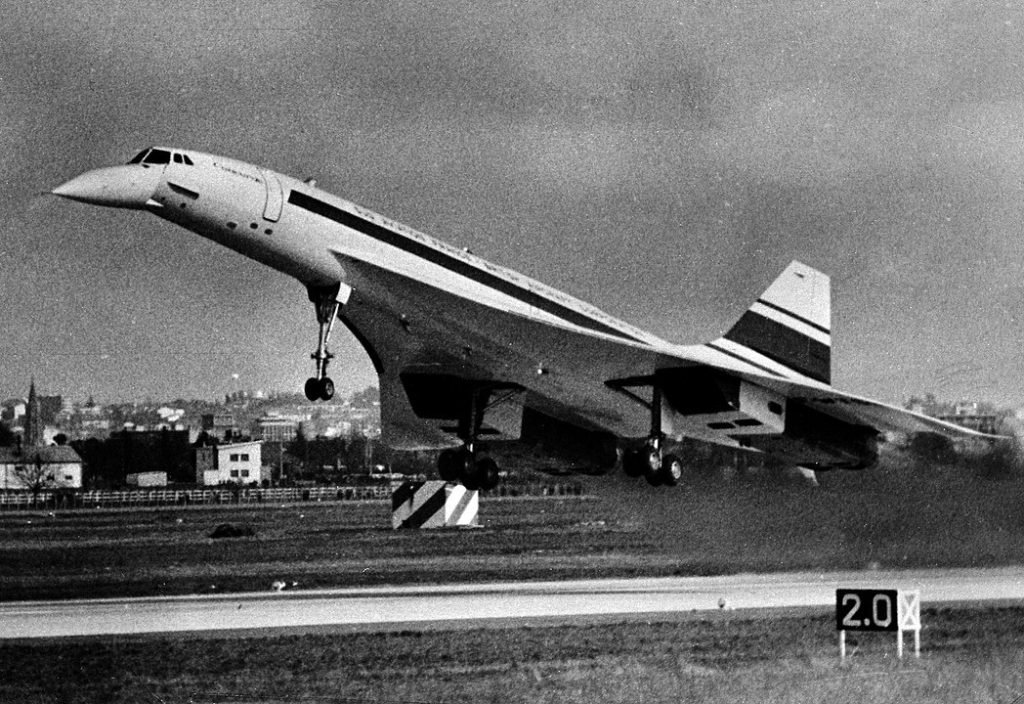
Concorde was designed to revolutionize air travel, dramatically reducing flight times with sustained supersonic speeds. Its four Rolls-Royce/Snecma Olympus 593 Mk 610 turbojet engines produced 31,000 pounds of thrust each, increasing to 38,050 pounds with afterburner. This immense power allowed the aircraft to cruise at Mach 2.04 (1,354 mph)—fast enough to cut the London-to-New York journey to just 3.5 hours.
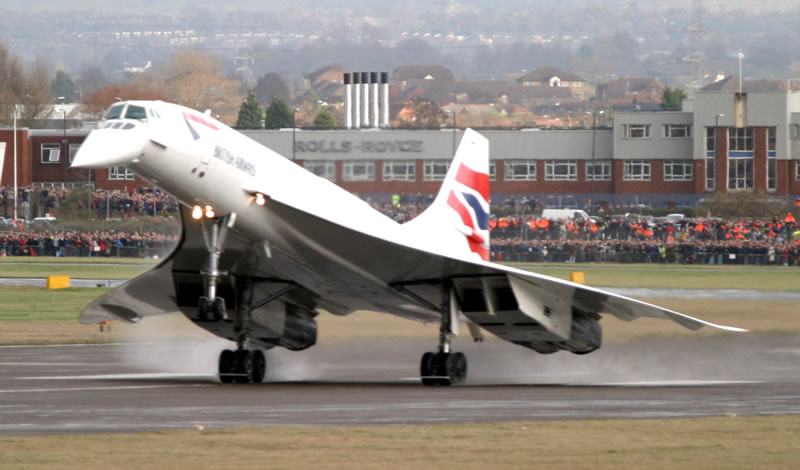
(Image Credit: Bristol Aerospace Centre)
Beyond its speed, Concorde’s engineering was a marvel. Its tailless ogival delta wing was optimized for supersonic efficiency, while its slender fuselage minimized drag. Every aspect of its design was focused on performance, making it one of the most recognizable aircraft in history. Flying on Concorde was an exclusive and luxurious experience. In the 1990s and early 2000s, a one-way ticket cost around $12,000—equivalent to nearly $20,000 today. Passengers not only paid for speed but also for world-class service, including access to the Concorde Lounge, gourmet dining, and champagne service, making every journey an event in itself.
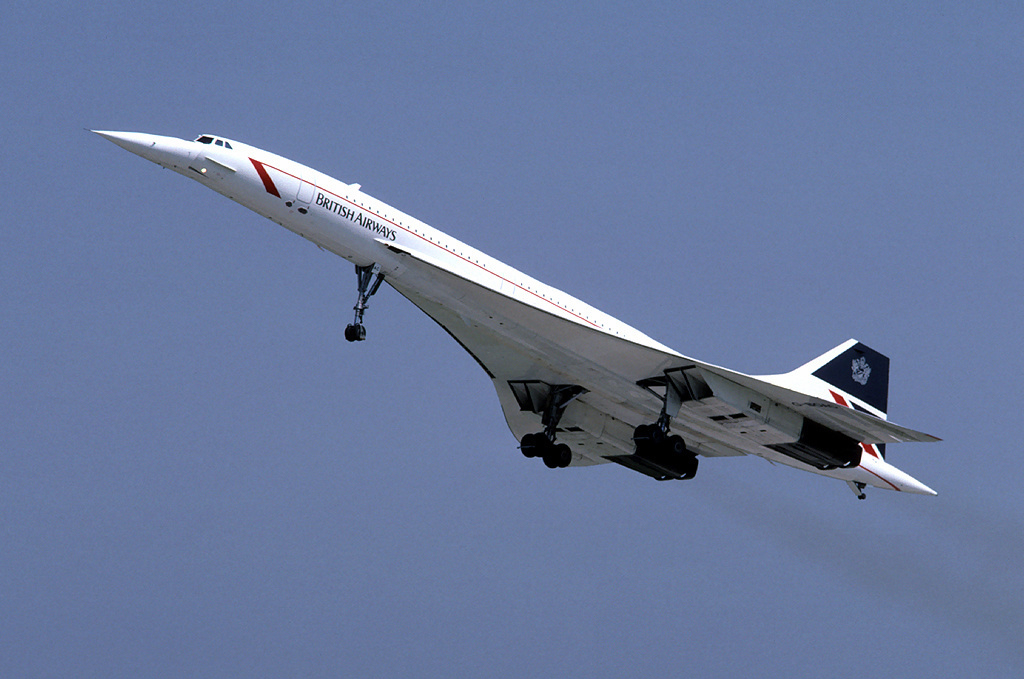
Concorde operated for 27 years (1976–2003), serving primarily with British Airways and Air France. Beyond scheduled commercial flights, it was also used for private charters. A particularly notable occasion was the 1995 Ryder Cup, when the European golf team flew on Concorde to the tournament at Oak Hill Country Club in Rochester, New York—an impressive show of style and speed.
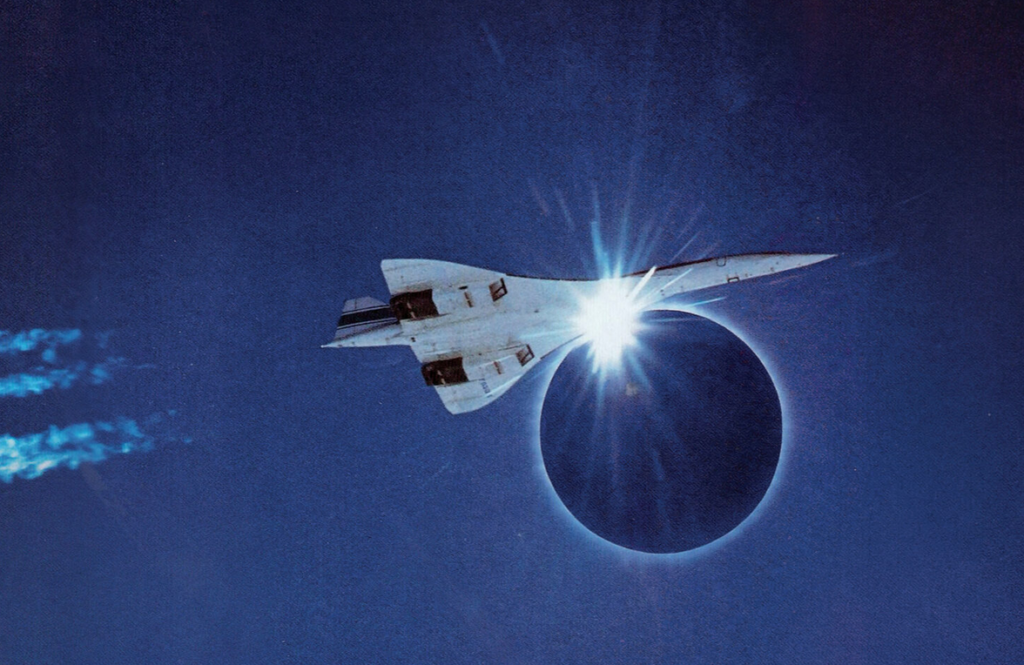
A total of 20 Concordes were built: 2 prototypes, 4 pre-production/development aircraft, and 14 production models for commercial service. Today, 18 Concordes survive, with 17 on display worldwide and one in storage in France.
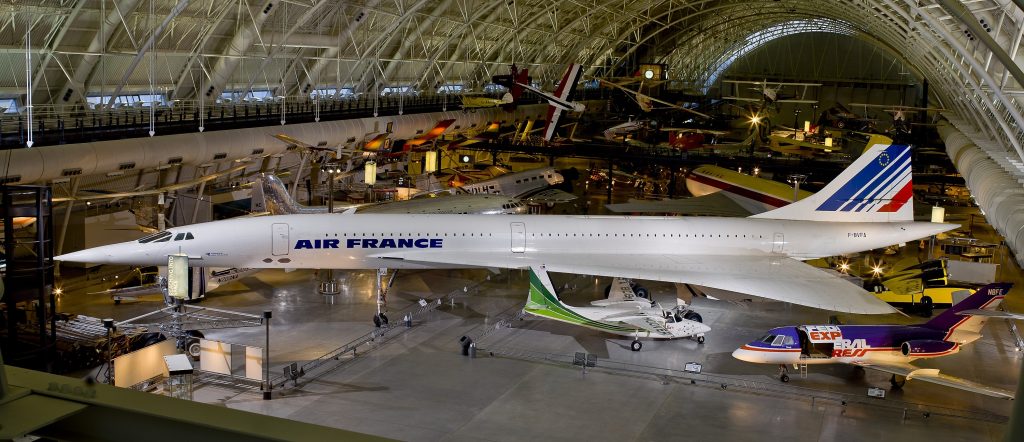
Though Concorde was retired in 2003, its legacy remains unmatched. With companies like Boom Supersonic working to bring back supersonic passenger travel with their Overture airliner, the dream of high-speed commercial aviation may soon return—continuing the pioneering spirit that Concorde embodied.
